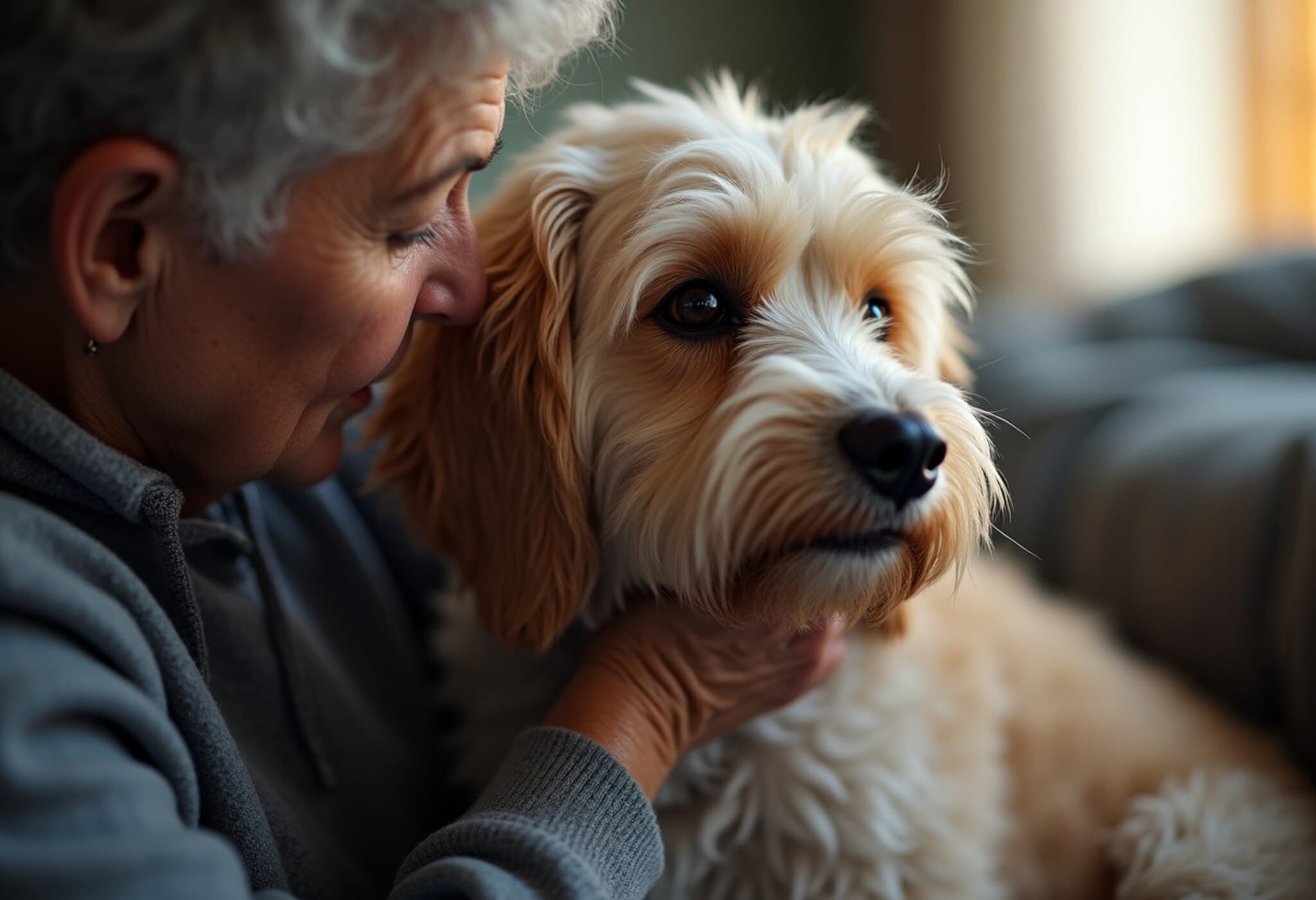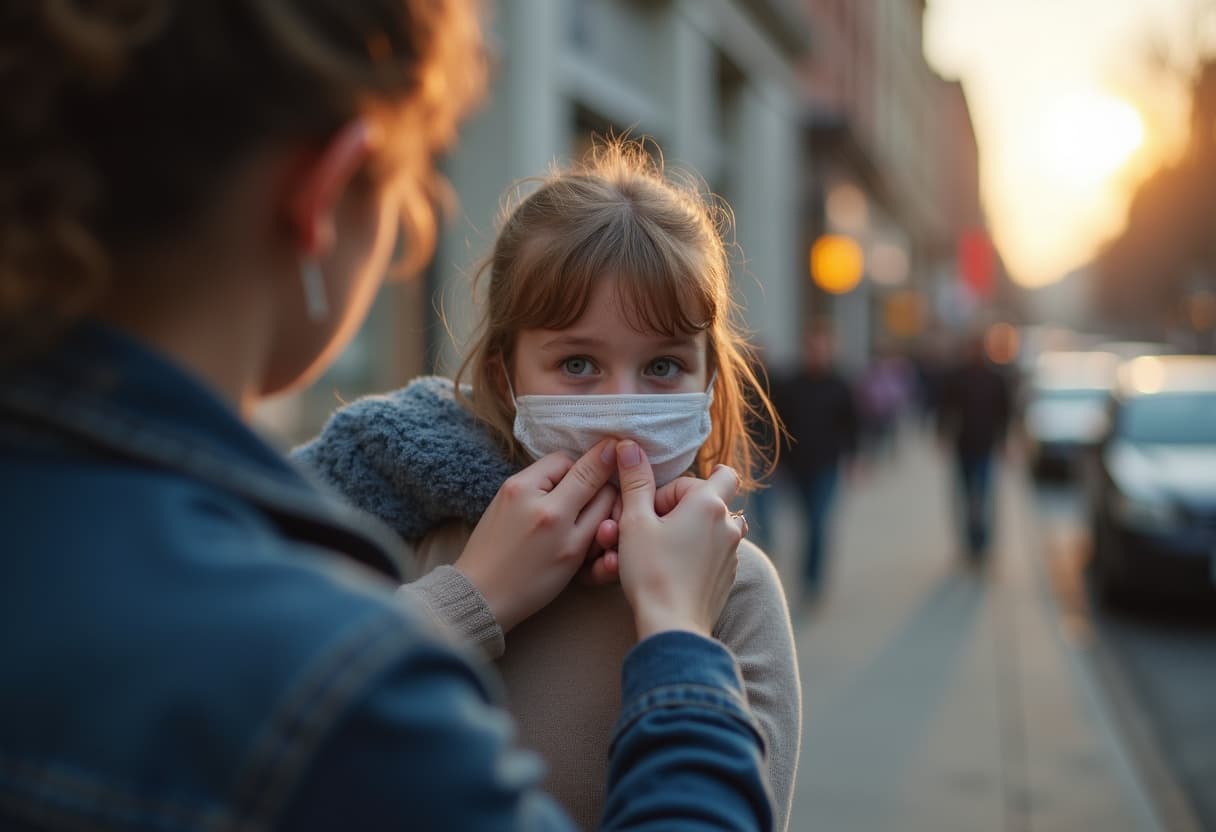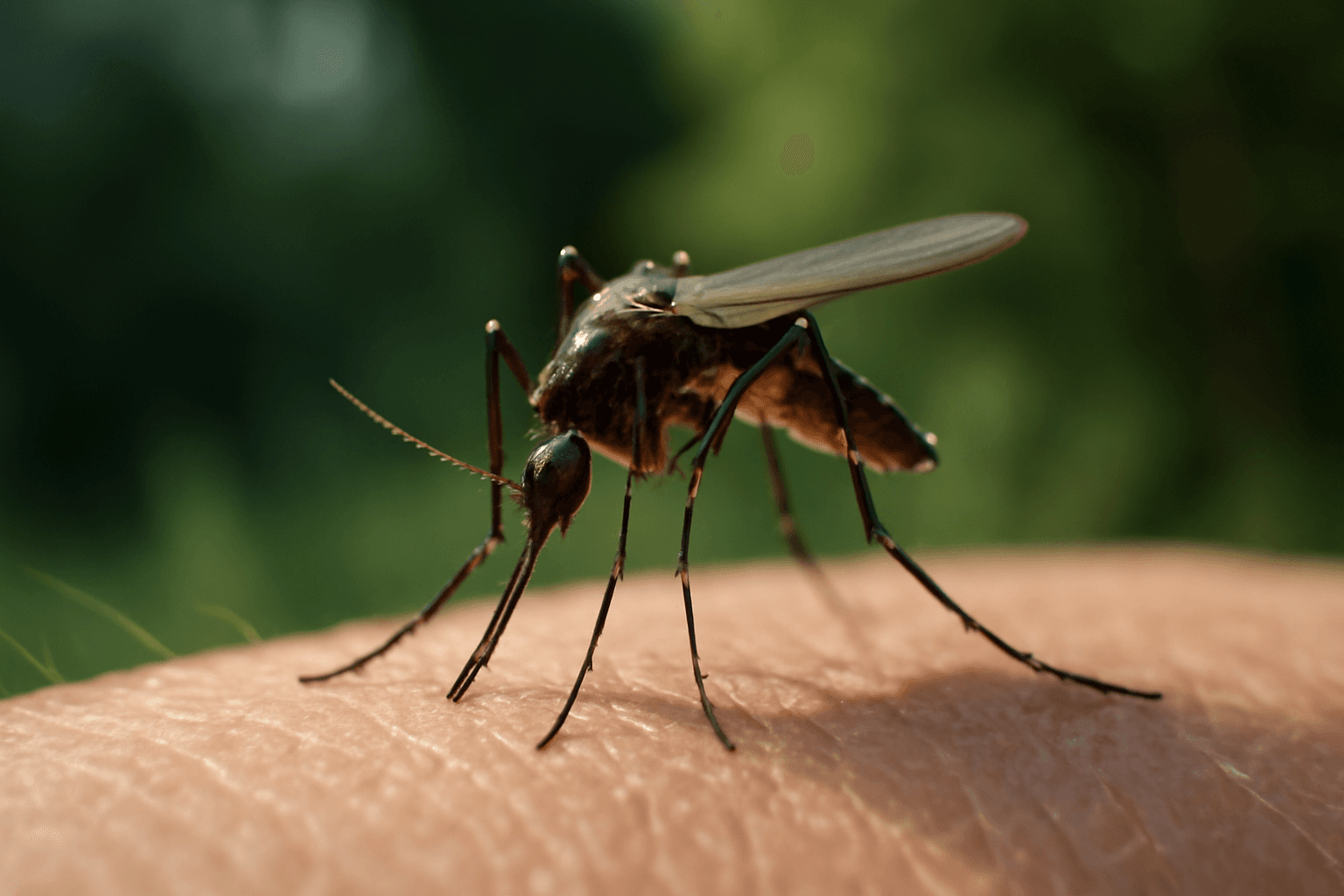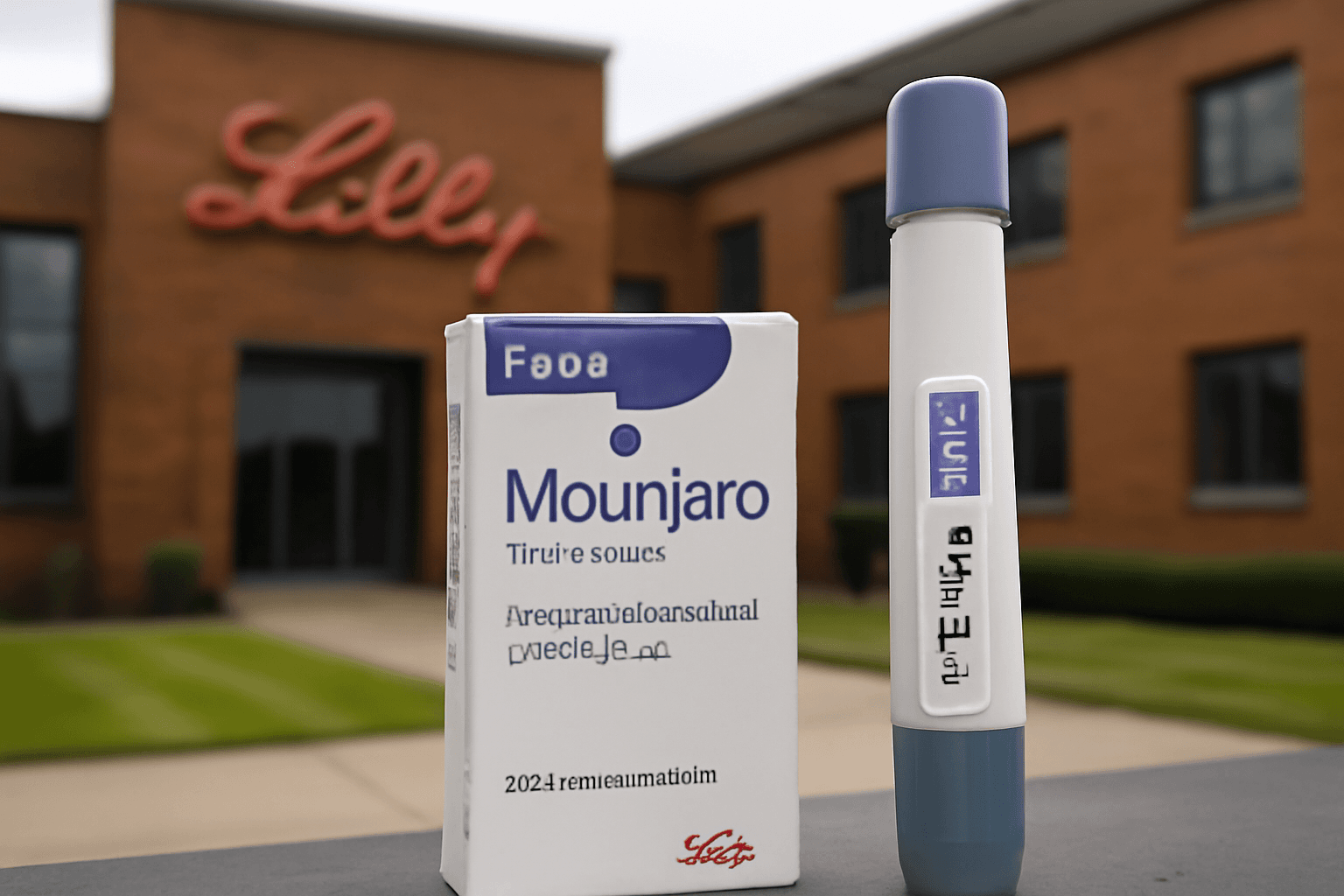Tragic Loss in Norfolk: How a Dog’s Lick Triggered Fatal Sepsis
In a heartbreaking incident that underscores the hidden dangers of close companionship with pets, an 83-year-old woman from Attleborough, Norfolk, England, passed away after developing sepsis traced to a bacterial infection from her own dog. This case shines a light on the delicate balance between pet care and health risks for vulnerable individuals.
The Incident: Injury and Infection
On June 29, June Baxter—described by her family as frail yet independent and strong-willed—injured her leg while using a commode at home. Shortly after, her pet dog licked the open wound. Despite receiving prompt care from paramedics who cleaned and dressed the injury, her condition rapidly deteriorated.
Medical Progression and Bacterial Culprit
The following day, June was admitted to Norfolk and Norwich University Hospital, where blood tests revealed an infection caused by Pasteurella multocida. This bacterium commonly inhabits the mouths of domestic animals such as dogs and cats but can become fatal when it enters vulnerable wounds, especially in elderly patients with existing health complications.
Underlying Vulnerabilities
Baxter’s medical records indicated several chronic conditions including liver, kidney, and heart issues, which severely complicated her capacity to fight the infection. Despite intensive treatment, she succumbed to acute sepsis on July 7, a condition that occurs when the body’s response to infection causes life-threatening organ dysfunction.
Expert Insight: The Overlooked Hazards of Pet Interaction in At-Risk Populations
Dr. Helen Morris, an infectious disease specialist, explains, “While pets provide invaluable emotional support, infections like those caused by Pasteurella multocida can pose serious dangers to elderly or immunocompromised individuals. It is crucial for caregivers and healthcare providers to educate pet owners about proper wound care and hygiene.”
Legal Findings and Public Health Implications
Norfolk Coroner Johanna Thompson ruled the death accidental, directly linking it to the domestic dog’s lick. This verdict draws attention to a rarely discussed but vital aspect of pet ownership — the potential transmission of zoonotic infections. It invites policymakers and public health officials to revisit guidelines, particularly for people with pre-existing conditions who live with pets.
Practical Precautions for Pet Owners
- Keep any wounds clean and covered to prevent animal contact.
- Monitor wounds closely for signs of infection, such as redness, swelling, or fever.
- Consult healthcare professionals immediately if symptoms worsen.
- Maintain regular veterinary check-ups for pets to reduce bacterial load.
- Educate caregivers and family members on risks and hygiene protocols.
Broader Context: Why This Story Matters
June Baxter’s tragic death serves as a powerful reminder of the complex interplay between human and animal health. In many households worldwide, pets are considered family members, offering companionship, especially to older adults living alone. However, this close bond sometimes inadvertently escalates health risks that go unnoticed until it is too late.
In the United States and other developed nations, the aging population is growing, and so is pet ownership among seniors. Public health campaigns and caregiver training must integrate knowledge about zoonotic infections like Pasteurella multocida sepsis, emphasizing prevention without diminishing the emotional benefits pets provide.
Editor’s Note
This story poignantly illustrates the unforeseen consequences of everyday interactions we often take for granted. It raises critical questions about how healthcare systems can better support elderly populations who live with pets, balancing the therapeutic value of animals with the imperative to manage infection risks.
As pet ownership continues to rise globally, this tragic case could inspire enhanced safety protocols, more robust public education on wound care, and deeper research into zoonotic diseases that disproportionately affect vulnerable groups.



















